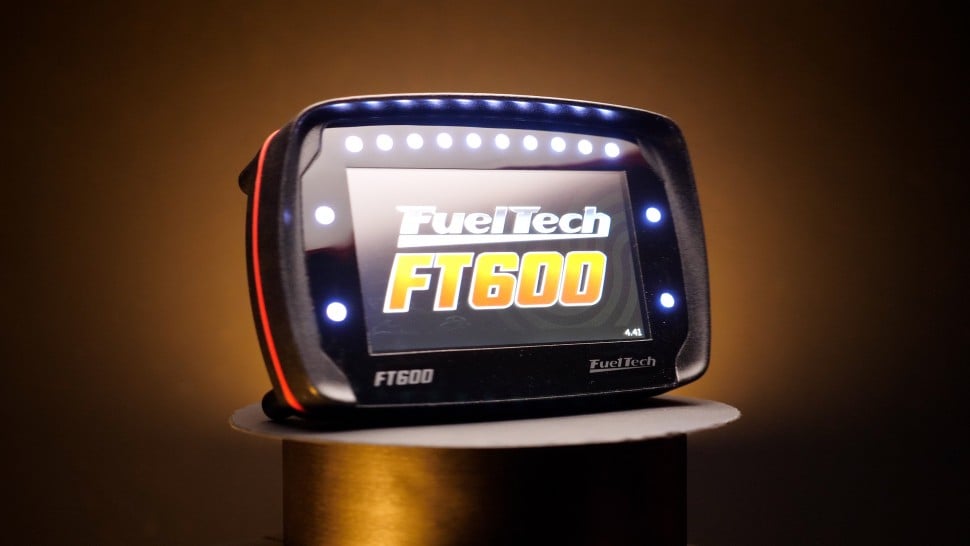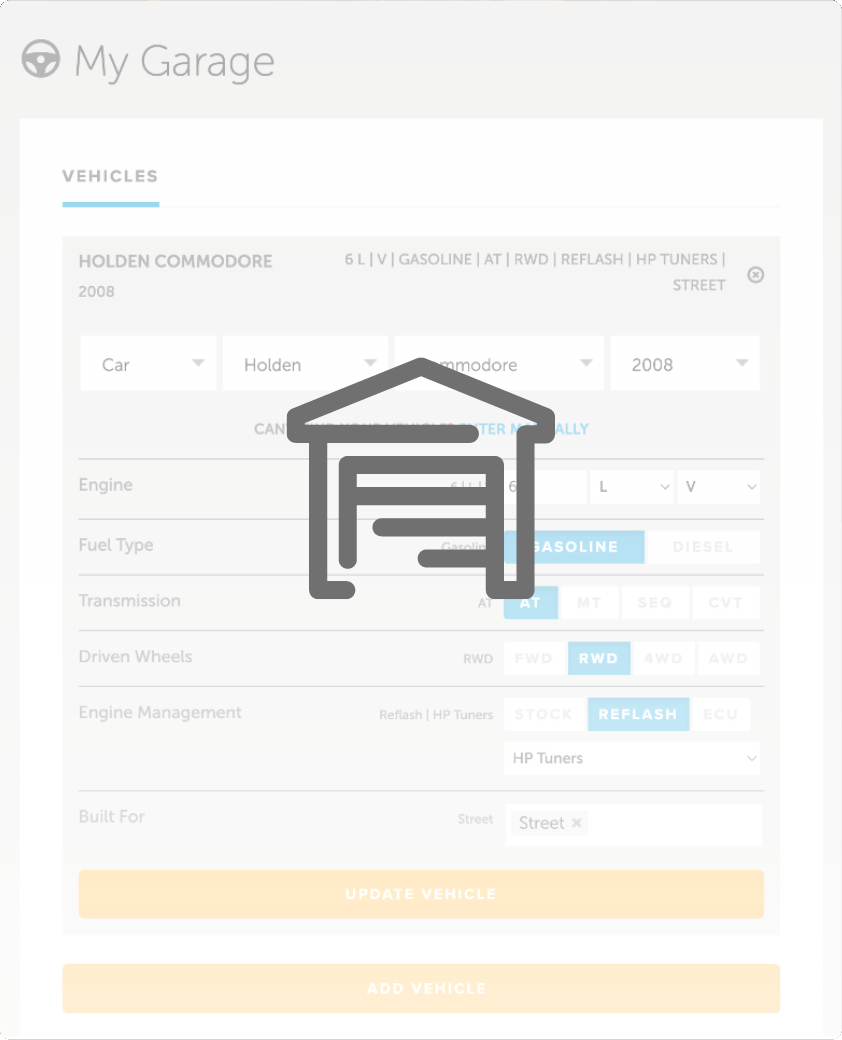| 00:00 |
In this module we'll be using all the entities and profiles that we pulled from our scanned mesh to generate a 3D solid model.
|
| 00:07 |
As I've mentioned before, if you're new to CAD then I'd definitely recommend taking the HPA 3D modelling and CAD for Motorsport course.
|
| 00:16 |
This will give you all the skills you need to complete the work in this module.
|
| 00:20 |
So, to be clear, we won't be focusing on the details of how to use each of these CAD tools, but rather the process used to reverse engineer our part.
|
| 00:29 |
In the real world it would be more typical to create each solid body after that profile was made, but for the sake of this course I've just separated them out into groups for clarity.
|
| 00:39 |
So, back in Fusion, let's get started using the extrude tool to create the flanges.
|
| 00:45 |
We need to show the flange sketches that we created before.
|
| 00:50 |
Then we can just select the profile.
|
| 00:53 |
And if you'll remember, the actual section plane for the mesh section sketch that we used to create this was dragged back a little bit off the surface of the flange so we got a clear cut through the mesh body.
|
| 01:05 |
So, when we do the start point, we want to use object, then we'll show our construction planes and we'll just set the start point as the plane on the surface of the flange.
|
| 01:16 |
And then we're going to do the same on the extent type, set that to object and then extrude up to that other extent onto the back of that surface and we're going to create a new body and hit OK.
|
| 01:29 |
So, if we hide our mesh, we can just see what we've done there, just made an extrude of the flange profile between those two planes.
|
| 01:38 |
We can do pretty much the exact same thing on the turbo flange here.
|
| 01:44 |
Set the start point as an object as that plane and then extrude to object being the other plane there and then hit OK.
|
| 01:54 |
So, now we have our two flanges suspended in space, but they are in the correct orientation and location to match the actual mesh body here.
|
| 02:07 |
So, the next thing to do is to connect them with the runners.
|
| 02:12 |
So, let's just show our pipe centre lines here and in some cases we might be able to directly use these to create the pipes.
|
| 02:21 |
However in our case, what we're going to use is a loft between this kind of shape for the exhaust port here and this slightly different shape for the port on the turbo flange.
|
| 02:31 |
And we're going to use the pipe centre line here as a centre line guide for the loft tool.
|
| 02:39 |
However if we do this, then the centre line actually needs to pass through the profile for each port and we can see in this case that it doesn't.
|
| 02:51 |
So, to fix this, what we're going to do is we're going to start with a sketch on the flange face here.
|
| 02:57 |
We're going to start by projecting that flange face and then we're just going to make some construction lines from the centre of each circle of the kind of slot shape that the exhaust port is.
|
| 03:16 |
And we'll do that for each of them.
|
| 03:25 |
So, the next step is going to be bringing this sketch into 3D.
|
| 03:28 |
So, first let's click the 3D sketch preference in our sketch palette and then we're going to jump under the create tab, under the project and include group and choose include 3D geometry.
|
| 03:40 |
And this allows us to click the turbo flange surface here and project this, not as a construction line in this case, and project this and keep this in 3D rather than projecting it onto the initial sketch plane on the side of the flange there.
|
| 03:58 |
We want this to not be a construction line because when we use the loft tool, we want to select this profile.
|
| 04:04 |
What we'll do here again is use a construction line and we are going to basically find the centre for each of these ports, just roughly is OK.
|
| 04:18 |
So, we'll sketch between the midpoints of these two lines here and we'll do the same thing for the other port.
|
| 04:27 |
And then we can actually drop a point on that line, finding the midpoint as well.
|
| 04:35 |
So, the next step here is to use the spline tool and we're going to make a spline from the midpoint of the construction line on the exhaust port here and that's going to basically trace along the centre line from the pipe centre line that we made in PLCAD for the first runner here.
|
| 04:59 |
And then it's going to drop down onto the corresponding port on the turbo flange.
|
| 05:09 |
And we just want to repeat that for each one of our other centre lines here, just making sure that we have them going to the correct port on the turbo flange.
|
| 05:18 |
Those are one and four both go to this port and two and three both go to the other port here.
|
| 05:24 |
So, it's just a matter of rinse and repeat.
|
| 05:37 |
So, now we have these splines tracing the centre lines for the runners and we'll be able to use these to guide our lofts.
|
| 05:45 |
So, that is the next step, we'll finish this sketch.
|
| 05:49 |
We're going to jump over to the surface loft tool here to make use of the flexibility of surface modelling and then we're going to come back soon and we're going to thicken it up to convert it to a 3D model.
|
| 06:00 |
So, let's select the loft tool.
|
| 06:03 |
And it's just a matter of selecting the profiles and to start with, using the chain selection can help here.
|
| 06:09 |
We'll select the profile on the flange for the head and then we're going to select the corresponding profile on the turbo flange here.
|
| 06:19 |
We can see that it's created a loft between them , but we want to use our guide centre line and here we want to select the spline.
|
| 06:27 |
So, why don't we select the spline and not this centre line here.
|
| 06:33 |
And another thing to consider is if we're selecting it with the chain selection on, it's going to try to chain that all the way through to the other spline that's connected to the same port on the turbo manifold.
|
| 06:44 |
So, we'll just click that off, hit that and then got that looking pretty good.
|
| 06:50 |
And then we'll just change the connection preference coming out of the head flange to the direction, that just ensures that it leaves the head in a perpendicular way and then we get a nice smooth transition out of the cylinder.
|
| 07:04 |
And then it's just the same thing for the other runners, using the profile out of the exhaust port and then into the turbo flange and then using the spline that we created as the guide for the centre line of the loft.
|
| 07:28 |
And again we'll just set the direction out of the exhaust port.
|
| 07:45 |
So, now we have the surfaces of the, essentially the inner surface of each of the runners and we can just hide those sketches, because we're not going to need them anymore.
|
| 07:57 |
If we look inside the turbo ports here though, we can see that we've got an issue where essentially one runner will block the other runner as it comes in.
|
| 08:10 |
So, what we want to do is we want to use the split body tool and then we want to split one of the runners by the other one that goes into the same turbo port.
|
| 08:21 |
And then just hit OK and then what we can do is find the part of the surface that's been split and right click and remove that and then we just want to repeat that for the other ones.
|
| 08:42 |
So, now if we look inside the turbo port here, we can see that each runner has a nice clear path through to the turbo.
|
| 08:49 |
So, the next step we're actually going to thicken each of the runners by 3mm to match the original material on the original part.
|
| 08:58 |
Then it's just a matter of using the combine tool and then combining all the bodies together.
|
| 09:06 |
Now, we can see that we have a single body for the entire manifold and we can flick on the mesh here and see how closely that matches the original body.
|
| 09:18 |
Now, obviously it's a little bit different because we created this kind of based on the idea that it would possibly be 3D printed and the original fabricated manifold has perfectly cylindrical runners and in our case we weren't really constrained to that.
|
| 09:34 |
So, it's changed a little bit , but the flanges are in the exact same position so the turbo will mount in the same position and now we have the runners, which are also following basically the exact same line as the original runners.
|
| 09:50 |
So, that's all looking pretty good and we've really recreated the part capturing the original design intent.
|
| 10:00 |
To finish this off what we could do is go around and add fillets to round the sharp edges, particularly between the runners and the flange here.
|
| 10:13 |
This is just going to help to reduce any stress concentrations that could lead to cracks.
|
| 10:18 |
We could go through and round the rest of the part there as well.
|
| 10:24 |
There's a lot more that can be done here with other modelling techniques to further develop this model, but we've captured the bulk of it and most importantly the design intent.
|
| 10:33 |
Again, I'd recommend looking at the HPA 3D Modelling in CAD for Motorsport course if you're interested in learning more about the skills we've just used and how to take a model like this to the next level.
|
| 10:45 |
In summary, each part is going to be different, but what's critical is understanding the geometric forms of the part and using our CAD modelling skills to rebuild it and capture the original design intent.
|





